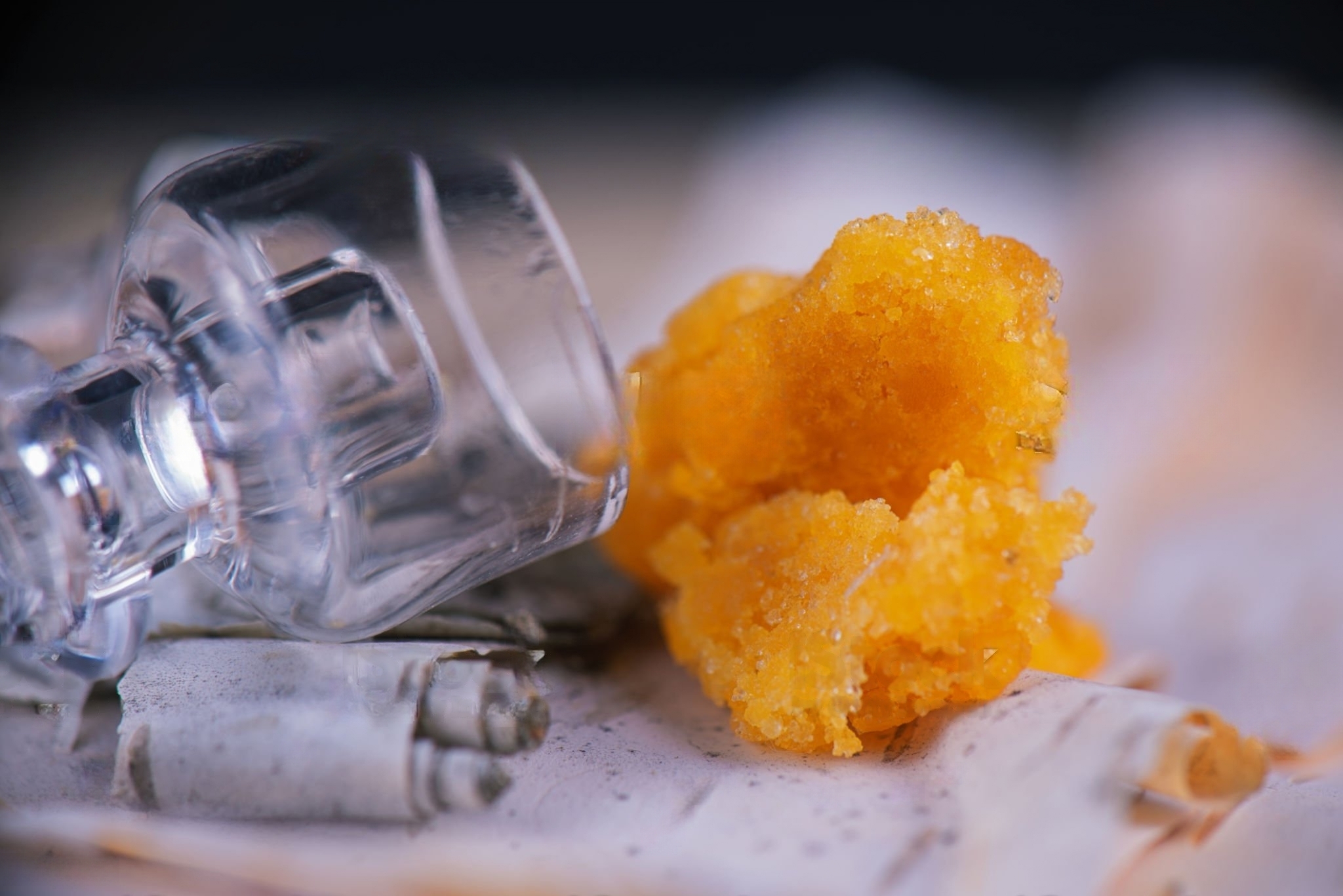Tooth enamel is the protective outer layer of your teeth, and it plays a crucial role in overall dental health. Once enamel is lost, it cannot regenerate, making it essential to take proactive steps to protect it. One of the most effective ways to do this is by choosing the right toothpaste. With so many options available, understanding how to select the best toothpaste for enamel protection can be overwhelming. This guide will help you navigate the various types of toothpaste and key ingredients to look for to ensure optimal enamel health.
Understanding Tooth Enamel
Tooth enamel is primarily composed of hydroxyapatite, a crystalline calcium phosphate that gives teeth their hardness and strength. Enamel protects teeth from decay, sensitivity, and wear caused by chewing, acidic foods, and bacteria. However, factors such as poor diet, acidic beverages, and inadequate oral hygiene can lead to enamel erosion. Once enamel is compromised, it can lead to increased sensitivity, cavities, and other dental issues.
The Importance of Enamel Protection
Protecting tooth enamel is vital for maintaining oral health. Enamel acts as a barrier against decay-causing bacteria and acidic substances. When enamel erodes, it exposes the underlying dentin, which is softer and more susceptible to decay. Moreover, enamel loss can lead to aesthetic concerns, such as discoloration or uneven surfaces. Therefore, using toothpaste specifically designed for enamel protection is a crucial step in your oral care routine.
Key Ingredients to Look For
When choosing toothpaste for enamel protection, it’s important to look for specific ingredients that contribute to strengthening and preserving enamel. Here are some key components to consider:
- Fluoride
- Why It Matters: Fluoride is a naturally occurring mineral that helps remineralize enamel and make it more resistant to acid attacks. It can reverse early signs of tooth decay and strengthen existing enamel.
- What to Look For: Opt for toothpaste containing at least 1,000 ppm (parts per million) of fluoride for effective enamel protection.
- Calcium and Phosphate
- Why They Matter: Calcium and phosphate are essential minerals that help rebuild and strengthen enamel. They work synergistically with fluoride to enhance remineralization.
- What to Look For: Look for toothpaste that lists calcium carbonate or calcium phosphate in its ingredients. Some products may also contain bioactive glass, which releases calcium and phosphate when in contact with saliva.
- Hydroxyapatite
- Why It Matters: Hydroxyapatite is a key component of tooth enamel. Some toothpaste formulations include nano-hydroxyapatite, which can help repair and remineralize damaged enamel.
- What to Look For: Toothpaste with nano-hydroxyapatite can provide a natural approach to enamel protection.
- Potassium Nitrate
- Why It Matters: Potassium nitrate is often used in toothpaste designed for sensitive teeth. It works by blocking the pathways to the nerve, reducing sensitivity and discomfort.
- What to Look For: If you experience tooth sensitivity alongside enamel concerns, look for toothpaste that includes potassium nitrate.
- Xylitol
- Why It Matters: Xylitol is a natural sweetener that can inhibit the growth of bacteria in the mouth, reducing the risk of cavities. It also stimulates saliva production, which is beneficial for enamel health.
- What to Look For: Choose toothpaste that contains xylitol as one of the main ingredients.
Avoiding Harmful Ingredients
While it’s essential to know what to look for, it’s equally important to avoid certain ingredients that may be harmful to enamel:
- Highly Abrasive Agents
- Some whitening toothpastes may contain harsh abrasives that can wear down enamel over time. Look for toothpaste with a low Relative Dentin Abrasivity (RDA) score to ensure gentle cleaning.
- Acidic Ingredients
- Toothpaste with high acidity can contribute to enamel erosion. Avoid products that list acidic ingredients, as they can further compromise enamel health.
- Sodium Lauryl Sulfate (SLS)
- SLS is a common foaming agent in many toothpaste brands. While it is generally safe, it can cause irritation for some people. If you have sensitive gums or are prone to canker sores, consider SLS-free options.
Choosing the Right Type of Toothpaste
When it comes to toothpaste types, you’ll find a variety of options specifically designed for different oral health needs. Here are some categories to consider:
- Fluoride Toothpaste
- This is the most common type and is ideal for general enamel protection. Choose a fluoride toothpaste with remineralizing properties for the best results.
- Sensitivity Toothpaste
- If you experience tooth sensitivity, look for toothpaste designed to alleviate discomfort. These often contain potassium nitrate or stannous fluoride.
- Whitening Toothpaste
- While these can help remove surface stains, be cautious with their abrasive content. Opt for whitening toothpaste with low abrasivity that also provides enamel protection.
- Natural Toothpaste
- Many natural brands include ingredients like fluoride alternatives and essential oils. Ensure they still contain components that promote enamel health, such as calcium and phosphate.
Conclusion
Choosing the right toothpaste for enamel protection is crucial for maintaining a healthy smile. Focus on toothpaste that contains fluoride, calcium, phosphate, and hydroxyapatite to enhance remineralization and strengthen enamel. Avoid abrasive or acidic products that could harm your enamel, and consider your specific dental needs when selecting a type of toothpaste. By making informed choices and incorporating good oral hygiene practices, you can effectively protect your tooth enamel and enjoy a brighter, healthier smile for years to come.



